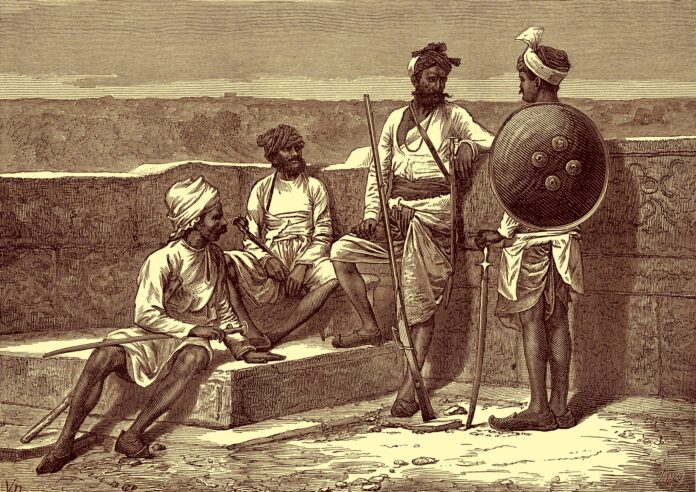Despite all claims of becoming a modern country, the truth is that most of India is still semi-feudal, with caste still deeply entrenched in Indian society. This is proved by the fact that scheduled castes ( dalits ), who are over 200 million of India’s population of 1400 million, and are at the lowest stratum in the caste hierarchy in India, are still regarded as inferiors by non dalits. For a dalit boy to fall in love with a non dalit girl is often inviting a death sentence ( euphemistically called ‘honour killing’ ) at the hands of the family members of the girl, or members of her caste, usually in a brutal manner.
This is exemplified by the facts mentioned in a decision of the Madras High Court dated 2.6.2023 in Yuvraj vs State, given below.
This case relates to the state of Tamilnadu in India. Like in most other Indian states, caste is still deeply entrenched in society in the state of Tamilnadu, where dalits are regarded the lowest in the caste hierarchy, and often treated as inferiors.
The facts of the case were that a dalit boy, Gokulraj, was a classmate of Swathi, a non dalit girl of the Kongu Vellalar gounder caste, in an engineering college, and both fell in love with each other. Gounders belong to the OBCs or intermediate castes ( i.e. below upper castes but above dalits ).
On 23.6.2015 both went to a temple, where Gokulraj was grabbed by members of Swathi’s caste, who took him on a jeep to a railway track and brutally beat and abused, and then strangulated and killed him, severing his head. The accused persons put a fake suicide note in Gokulraj’s shirt pocket, to create an impression that it was a suicide by jumping before a train.
The trial court convicted most of the accused, and the Madras High Court upheld the life sentences on 8 of the accused.
The High Court has mentioned the evidence in the case and arguments of both sides in great detail, and in my opinion come to a correct conclusion. It has extensively quoted the relevant case law on the points involved.
Though it was a case of circumstantial, not direct, evidence, all the evidence conclusively establishes the chain of circumstances fully linking the accused with the crime. These pieces of evidence are the motive ( which is particularly important in cases of circumstantial evidence ), the CCTV footage Ex P-297, the initial statement of PW-4 Swathi ( who was believed, though she subsequently turned hostile ) under section 164 Cr.P.C., the post mortem and doctor’s evidence ( which established that it was a case of homicide and not suicide ), the electronic evidence, the last seen evidence, the Judges’ spot inspection, etc. The so called ‘ suicide video’ and ‘suicide note’ were rightly disbelieved for the reasons mentioned in the judgment.
One must commend the judges, Hon’ble Justice M.S.Ramesh and Hon’ble Justice N.Anand Venkatesh, who delivered the elaborate and well considered judgment for the pains they evidently took in examining the evidence in such detail, and coming to their conclusions.
However, I would like to add that had I been in their place I would have imposed death sentences to the principal accused, as in my opinion ‘honour killing’ comes in the category of ‘rarest of rare cases’ deserving death sentence, as held by my bench in the Supreme Court in Bhagwan Das vs State, 2011, and this was a particularly horrendous case, motivated by caste hatred and bigotry.
What is particularly distressing is that many members of their caste regard those convicted as heroes
Indian society has a long way to go before it will be rid of the demon of caste




